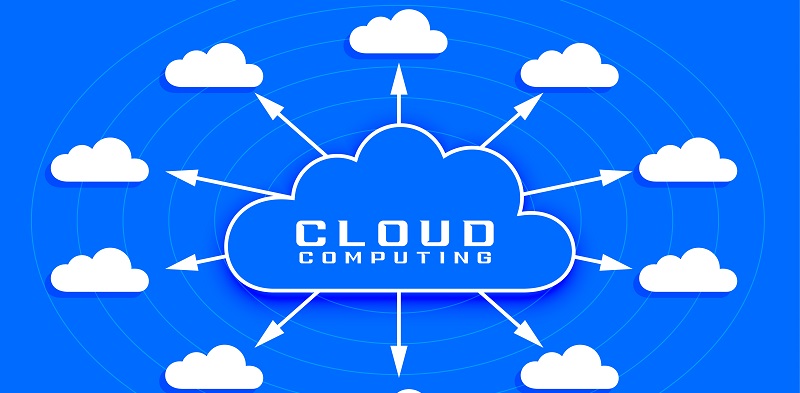In the ever-evolving landscape of cloud computing, multi-tenancy has emerged as a pivotal concept. It allows multiple organizations or individuals to leverage shared resources while maintaining the segregation of data and configurations. However, with shared environments comes the imperative need for robust security measures to safeguard sensitive information. In this article, we delve into the realm of multi-tenancy security, exploring its significance, benefits, risks, and best practices to fortify data protection in shared cloud settings.
Definition and Importance of Multi-Tenancy in Cloud Computing
Multi-tenancy is the underlying framework that enables concurrent usage of resources by different entities while preserving data and configuration isolation. Sharing resources in the cloud fosters greater efficiency, scalability, and cost-effectiveness for the involved parties. However, this shared ecosystem necessitates a comprehensive security strategy to address the unique challenges and risks inherent in multi-tenancy.
Multi-Tenancy Security
Multi-tenancy security refers to the techniques and measures implemented to safeguard data and resources within shared cloud environments. It encompasses various strategies aimed at ensuring data confidentiality, integrity, availability, and compliance. By adopting a multi-tenancy cloud security strategy, organizations can mitigate security risks and enhance their overall data protection mechanisms.
Improved Data Protection
One of the primary advantages of implementing a multi-tenancy cloud security strategy is the bolstering of data protection. By implementing robust security measures, organizations can defend against potential data breaches, unauthorized access, and data exposure, ensuring the privacy and confidentiality of their sensitive information.
Operational and Financial Advantages
While data protection remains paramount, a multi-tenancy cloud security strategy also brings operational and financial benefits. By leveraging shared resources and security infrastructure, organizations can streamline their operations, reduce costs, and improve resource utilization efficiency.
Compliance concerns
Multi-tenancy introduces additional complexity in ensuring regulatory compliance. Organizations must adhere to specific standards and regulations governing the protection of data. Failure to meet compliance requirements can result in legal consequences and reputational damage. By choosing cloud services that offer compliance features and capabilities, organizations can simplify the compliance management process.
Compliance Management
Choose cloud services that provide robust compliance features, enabling organizations to meet industry-specific regulations and standards. Simplifying compliance management reduces the risk of non-compliance and associated penalties.
Data Encryption
Protecting data at rest and in transit is crucial. By employing strong data encryption techniques, organizations can ensure the confidentiality and integrity of their sensitive information, reducing the risk of unauthorized access or exposure.
Data Loss Prevention
Implementing Data Loss Prevention (DLP) solutions helps monitor data mobility and prevent unwanted data transfers. By scanning for sensitive information and enforcing policies to prevent accidental or malicious data leakage, organizations can maintain better control over their data.
Implementing logging systems and centralized log management solutions
To maintain transparency and traceability within a multi-tenant environment, organizations should implement logging systems and centralized log management solutions. These systems enable the tracking of user actions, system events, and potential security incidents, facilitating effective threat detection and incident response.
Choosing cloud services with compliance features and capabilities
When selecting cloud services, organizations should prioritize providers that offer comprehensive compliance features and capabilities. These built-in security measures make compliance management more efficient, enabling organizations to focus on their core operations with confidence in meeting regulatory requirements.
Utilizing data encryption techniques
To safeguard data at rest and in transit, organizations should implement strong data encryption techniques. By encrypting data both within the shared infrastructure and during transmission, organizations can minimize the risk of data compromise and unauthorized access.
Implementing Data Loss Prevention (DLP) solutions
To monitor data mobility and prevent unwanted data transfers, organizations should deploy Data Loss Prevention (DLP) solutions. By identifying and classifying sensitive data, enforcing policies, and implementing data monitoring mechanisms, organizations can proactively prevent data leakage and minimize the risk of information loss.
User Training Program on Security and Data Management Best Practices
Educating users within a multi-tenant environment on security best practices is crucial. By conducting regular training programs and providing guidelines on secure data management, organizations can foster a security-conscious culture and reduce the likelihood of accidental data exposure or unauthorized actions.
In the ever-expanding realm of cloud computing, multi-tenancy has revolutionized the way organizations leverage shared resources. However, alongside the numerous benefits, the unique security risks associated with multi-tenancy must be addressed. By adopting a comprehensive multi-tenancy cloud security strategy and implementing the best practices outlined in this article, organizations can enhance data protection, fortify infrastructure, and ensure regulatory compliance within shared cloud environments. With such measures in place, organizations can confidently embrace the immense advantages offered by multi-tenancy while safeguarding their most critical asset – their data.

